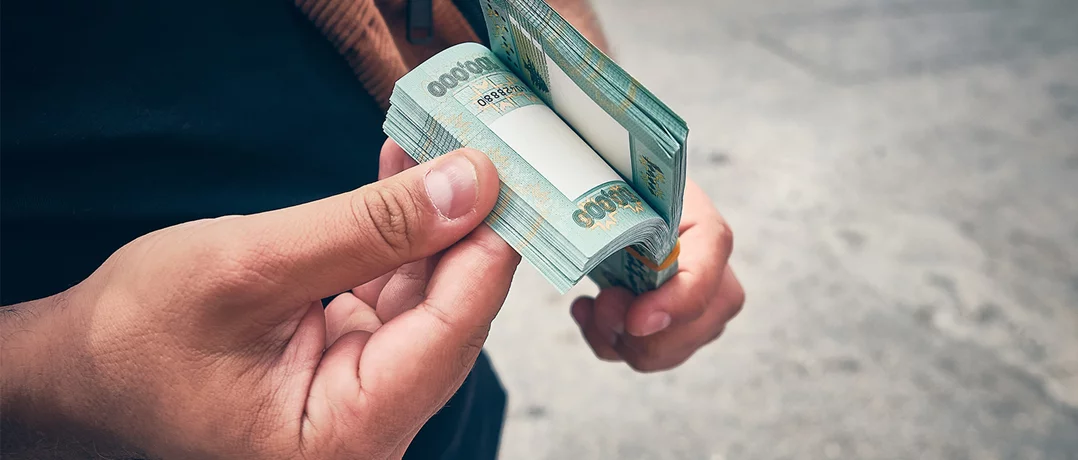Lebanon plans to partially repay frozen bank deposits through cash, bonds, and gold-backed financing, potentially returning $55 billion by 2026 amid political and legal uncertainties.
Repaying deposits: a way out of crisis or another impossible equation?
Repaying deposits: a way out of crisis or another impossible equation?


After years of waiting and uncertainty, the Lebanese government is fine-tuning a plan for the partial repayment of bank deposits. Combining capped cash withdrawals, long-term bonds, and gold-backed financing, the project envisions the return of $50 to $55 billion though not before 2026.
Since the financial collapse of 2019, Lebanese depositors have been asking the same vital question: how can they recover the money frozen in their bank accounts? After years of ambiguity, a glimmer of hope is emerging with the drafting of a new “Financial Gap Law.” According to Nidaa al-Watan and banking sources, a tripartite committee composed of Finance Minister Yassine Jaber, Economy Minister Amer Bsat, and Banque du Liban Governor Karim Souaid is closing in on an agreement that could mark a turning point.
Three guiding principles
First, no official “haircut” on deposits. Authorities stress that no direct cuts will be applied to savings, whether large or small. Yet several adjustments will inevitably reduce the real value of what is returned.
Any funds whose origin cannot be justified will not be refunded. Presented as an anti-money laundering measure, this provision could spark legal and political debate.
Deposits that accrued abnormally high returns particularly those above $100,000 will see their interest trimmed to a “reasonable” level.
Deposits converted into dollars after October 17, 2019, will be partially restored using a special exchange rate between 25,000 and 35,000 LBP/USD. In practice, savers would recover only 27% to 37% of their real funds, said banking sources.
Deposits would be divided into three categories:
$0 to $100,000: priority repayment in cash, up to a ceiling of $100,000 per depositor. This measure alone would cost around $16 billion. However, the repayment timeframe—estimated at three to five years—remains unclear.
$100,000 to $1 million: mixed repayment through cash and bonds guaranteed by Banque du Liban.
Above $1 million: primarily long-term bonds.
These bonds, backed not by the state but by the central bank, would carry maturities of at least 15 years and low interest rates, giving them an initial market value of only 20% to 25% of their face value.
Funding sources
To fuel the future “deposit recovery fund,” several avenues are under consideration. Chief among them: restructuring the government’s $16.5 billion debt to Banque du Liban, with $5 billion expected to be settled quickly. The plan also foresees asset sales by the central bank, tapping its illiquid reserves, and leveraging its gold stock to generate regular income.
According to sources, these guarantees are meant to reassure both depositors and markets of the solidity of the proposed bonds.
Unanswered questions and political risks
Although the plan avoids labeling the measures a haircut, many observers remain skeptical. Aggrieved depositors already point to unequal treatment between small savers, large investors, and holders of post-2019 dollars deposits.
Politics further complicates the picture. While the tripartite committee enjoys backing from Lebanon’s three presidencies (Republic, Parliament, Government), parliamentary approval could be far trickier. With elections looming in May 2026, several political blocs may oppose the plan for electoral reasons. This raises the prospect that final adoption could be delayed until the next legislature, pushing implementation to the second half of 2026.
With this project, Lebanon is trying to send a signal: recovery is possible. Yet trust remains tenuous. The country is still on the Financial Action Task Force (FATF) “grey list” due to its failure to enact meaningful judicial reforms against corruption and money laundering.
In theory, up to $55 billion could be returned out of an estimated $82 billion in total deposits, according to Nidaa al-Watan. In practice, the outcome hinges on the credibility of guarantees, political stability, and—perhaps most of all—the patience of depositors exhausted after six long years of uncertainty.


